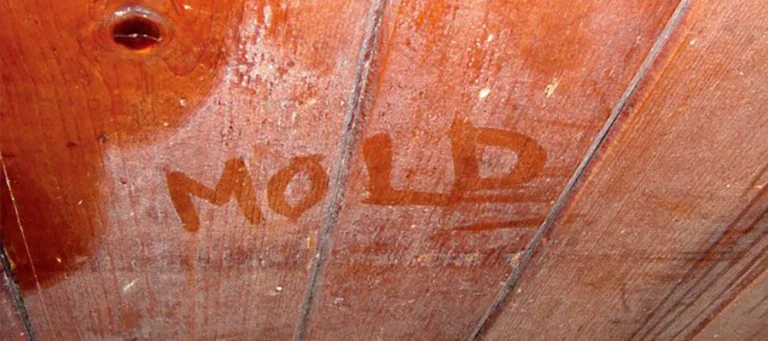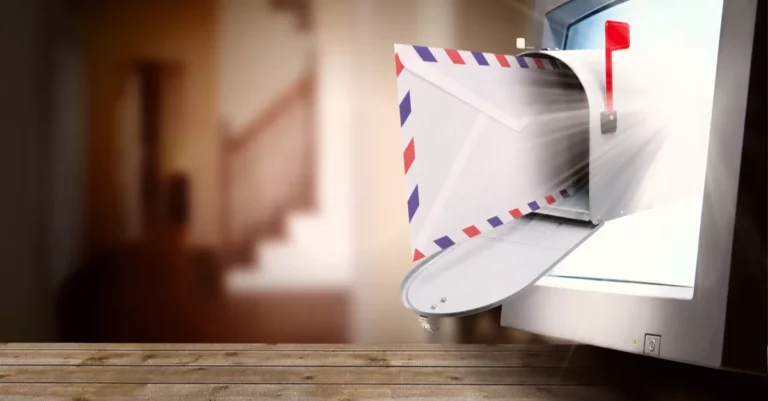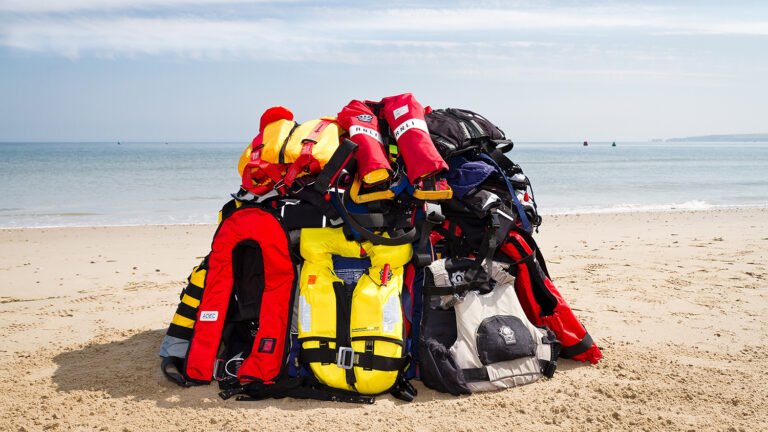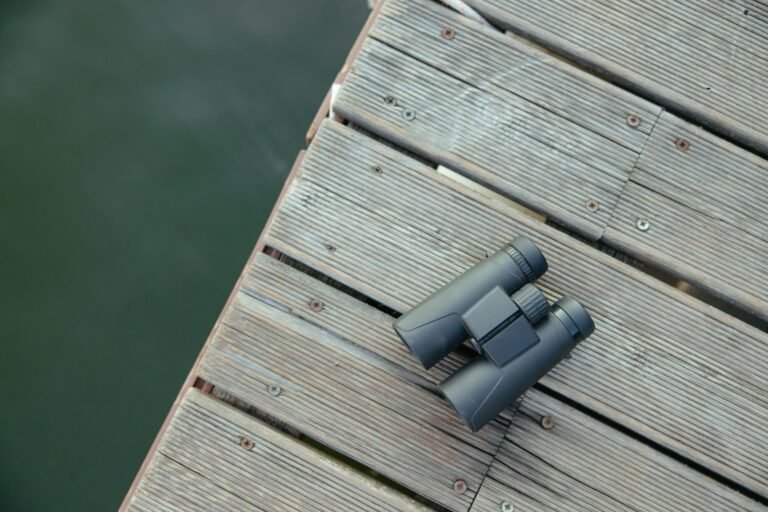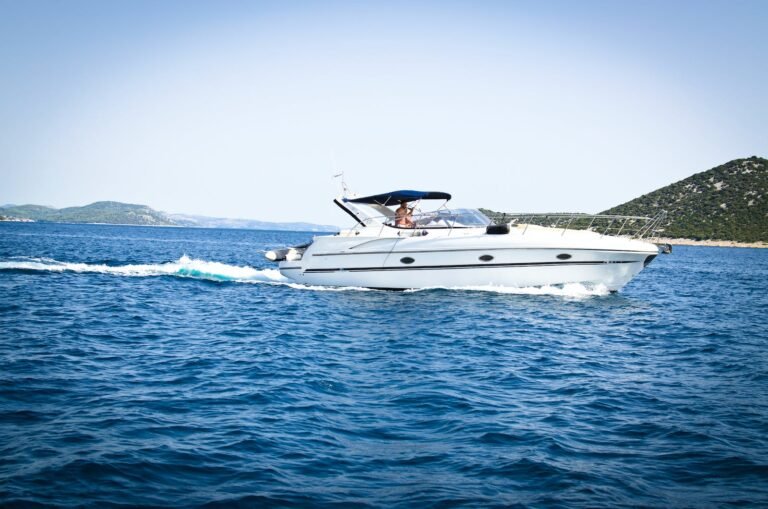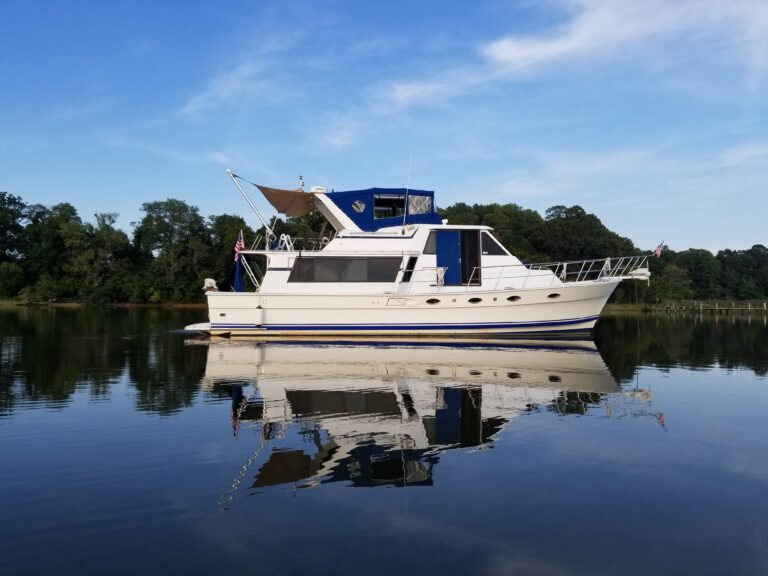The Essential Guide to Emergency Boat Ditch Bags
This article may contain links for our partners. We may receive a small commission at no additional cost to you if you make a purchase through a link. Please read our privacy policy and disclosure.
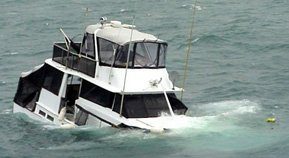
When it comes to boating, safety should always be your top priority. While we all hope for smooth sailing and pleasant voyages, it’s crucial to be prepared for the unexpected.
One invaluable tool in the boater’s arsenal is the Emergency Boat Ditch Bag, a well-organized collection of essential items designed to keep you and your crew safe in challenging situations.
In this comprehensive guide, we’ll explore what Emergency Boat Ditch Bags are, why boaters need them, and what key items should be included to ensure your safety on the water.
What is an Emergency Ditch Kit?
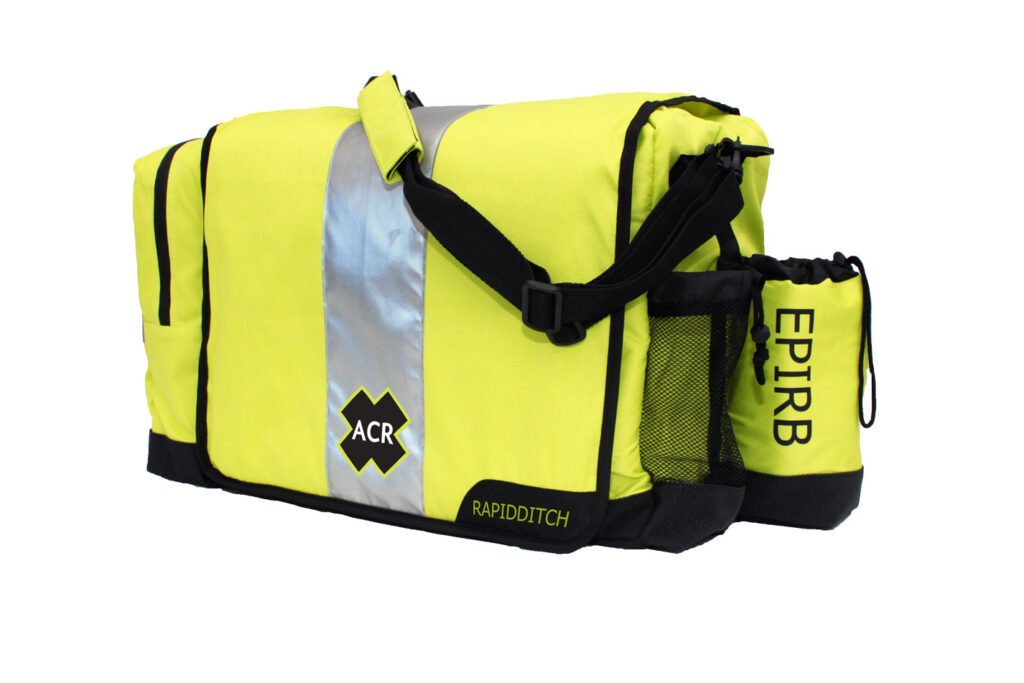
An Emergency Ditch Kit, often referred to as a “Go Bag” or “Grab Bag,” is a compact, easily accessible container filled with crucial supplies and equipment designed to address various emergency situations while at sea.
This kit is a boater’s lifeline during times of distress, providing the necessary tools to mitigate hazards and increase the chances of survival.
Why Do You Need an Emergency Ditch Kit?
- Unpredictable Conditions: Weather on the water can change rapidly, and unforeseen storms, strong winds, or mechanical failures can leave even the most experienced boater in precarious situations. An Emergency Ditch Kit helps you stay prepared for sudden adverse conditions.
- Safety First: Boating is meant to be a pleasurable experience, but safety should always be the priority. Having an Emergency Ditch Kit on board ensures that you’re ready for the unexpected and can swiftly respond to emergencies, potentially preventing accidents and injuries.
- Peace of Mind: Knowing you have a well-equipped kit at your disposal offers peace of mind. You can confidently tackle challenging situations, knowing that you’re prepared for whatever the water may throw at you.
What Should Go in Your Emergency Ditch Kit?
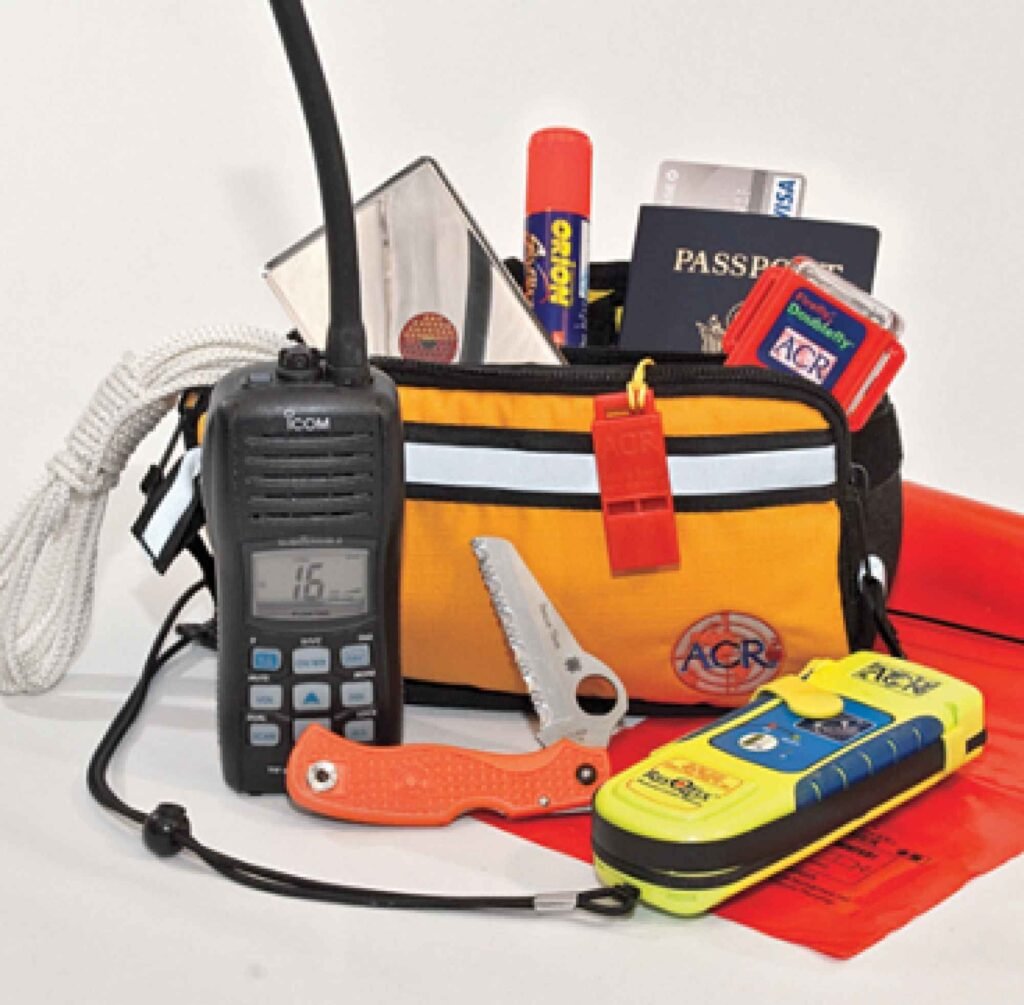
- Communication Devices:
- VHF marine radio with fresh batteries or a hand-crank charger
- Personal locator beacon (PLB) or Emergency Position Indicating Radio Beacon (EPIRB)
- Navigation Aids:
- GPS unit or handheld GPS
- Waterproof charts and a compass
- Signaling Equipment:
- Signal flares, smoke signals, or an electronic distress signal light
- Whistle and signal mirror
- First Aid Supplies:
- Comprehensive first aid kit, including bandages, antiseptics, and medications
- Seasickness medication
- Survival Gear:
- Emergency blankets to provide warmth and shelter
- Fire-starting materials such as waterproof matches or a lighter
- Multipurpose tools like a knife or a multitool
- Food and Water:
- Non-perishable, high-calorie energy bars or meals ready to eat (MREs)
- Freshwater pouches or a desalination bags
- Personal Protective Equipment:
- Lifejackets for every crew member
- Wet suits or dry suits, especially in cold-water areas
- Light Sources:
- Waterproof, floating flashlight with extra batteries
- Chemlight sticks for low-light visibility
- Communication and Documentation:
- Waterproof bags or pouches for important documents, including boat registration and personal identification
- A written list of emergency contacts, including the Coast Guard, local authorities, and family or friends
- Emergency Repair Supplies:
- Duct tape, marine epoxy, and a basic toolkit to address minor dinghy repairs
- Personal Hygiene and Comfort Items:
- Basic toiletries, sunscreen, lip balm, and a change of clothes
Regular Inspection and Maintenance
Once you’ve assembled your Emergency Ditch Kit, it’s vital to perform routine inspections to ensure that all items are in working order, all medications are up-to-date, and that no supplies have expired.
Store your kit in an easily accessible, waterproof container, and ensure all crew members are familiar with its location and contents.

At the end of the day, we hope that you all have sunny days and smooth sailing, but if you find yourself in an emergency situation, an Emergency Ditch Kit is an absolute must for any boater.
While we hope to never face dangerous situations while on the water, having a well-prepared kit could mean the difference between safety and peril.
Remember, when it comes to boating, preparedness is the key to peace of mind, so make sure your next voyage is well-equipped and safe.
